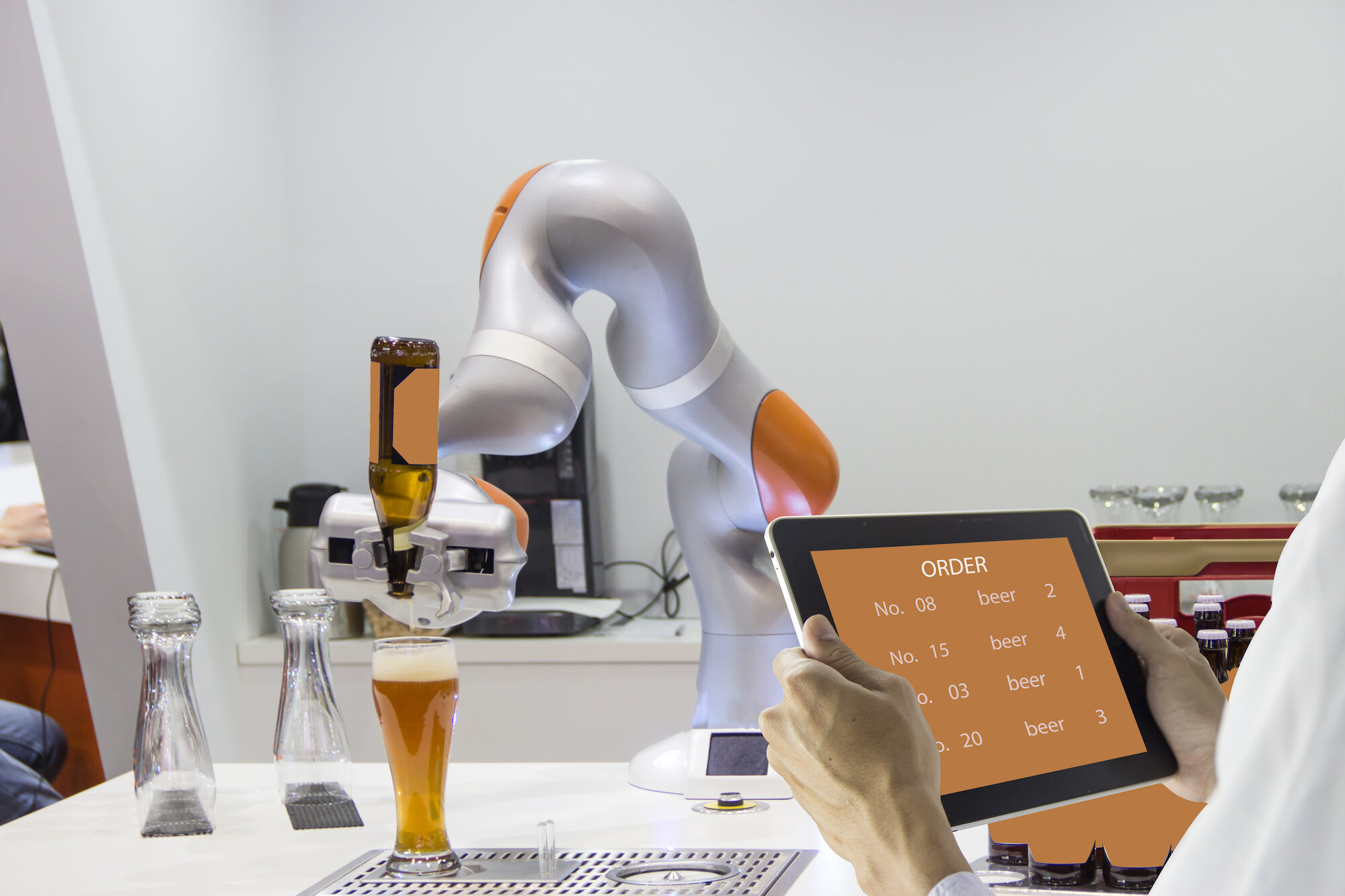DTC Marketing Dilemma: Covid 2.0 and Beyond
As marketers, where do we go from here?
The landscape of consumer behavior has changed forever
As Doug Stephens of the Retail Prophet blog recently voiced in his podcast, “Covid is like a wormhole in space that we are all passing through”. We are at last finally leaving the vestiges of the age of the industrial revolution behind us and fully embracing the digital age, and businesses will need to adapt to this reality.
The work-from-home requirement of the Pandemic has opened peoples' eyes (both companies and employees) to the potential of having remote office operations while still maintaining company culture and productivity. This will affect the recent trends towards increasing urban growth and population, as people look to leave the crowded and expensive cities and work in suburban and more rural communities to raise families and have a better quality of life while still having good jobs. This will dramatically affect what the "new retail" will look like and how it serves the new urban population. Same for restaurants. Retail inevitably is a reflection of how we live our lives.
As a result, luxury brand marketing is bound to change. The baby boomers who fueled luxury purchasing of goods as “life milestone markers” are being replaced by younger consumers who value experiences and the intangibles over buying goods. They watched their parents celebrate conspicuous consumption and asset accumulation while they grew up, only to see everything wash away in a series of economic meltdowns.
These next-generation, more sober consumers will choose to replace "things" with experiences and this will impact how retail experiences are henceforth defined.
The pandemic, and our emotional response to it, will also temper our feelings about how workers work and their compensation. It will also likely affect consumer opinions about robotics and their roles in manufacturing, retail, restaurants, and elsewhere. The need to ensure the safety of workers and the public will increase the inclusion of robots in ways we never imagined or would have accepted before.
The adoption of new technologies will also accelerate. The idea of using touch screens, buttons, personal data input, and other manual payment options will feel uncomfortable and unnatural to many consumers after the pandemic. "Touching things" will not be cool as consumers get more cautious. This will accelerate the implementation of technologies in retail and restaurants which allow for touchless mobile payments and data collection.
We are navigating both a health/medical and an economic crisis at the same time. Undoubtedly, there will be new ideas for products, businesses and services that will capitalize on the chaos caused by the pandemic. That is our nature as an entrepreneurial society. But there will be more losers than winners in the days ahead as we work our way through the New Normal, whatever that may mean for us all. The world of the future will likely look very different once we are there looking back.
Now, for the Wine Industry.
As a wine industry digital marketer, I see the gap growing between the haves and have nots as the tasting room experience under Covid 19 restrictions and beyond changes. Larger wineries with more resources and capital will be able to invest in diverse experiential tasting room experiences and newer technologies to drive engagement, customer acquisition and sales, both at the winery and through virtual experiences.
But of the 2,077 wineries in Napa and Sonoma counties, 74% produce fewer than 5,000 cases of wine annually, according to Wines Vines Analytics. How will smaller wineries compete and prosper with reduced visitor traffic, lower wine club enrollment, and the higher costs of operating under pandemic induced government regulations? A strategy of driving down the road by navigating in the rear-view mirror will likely lead to failure.
Only a strong digital marketing strategy and execution plan will help level the playing field. One that finds new digital customers while creating entertaining digital experiences for the loyal followers that wineries already have and need to retain. Virtual tastings and other live streaming events will become critical as a starting point to augment live tasting room traffic. But investments in digital advertising, data collection and data segmentation, and analytics supported by fresh and engaging content and storytelling will be essential to gain new customers and grow brands.
THAT must be the future of winery DTC.





